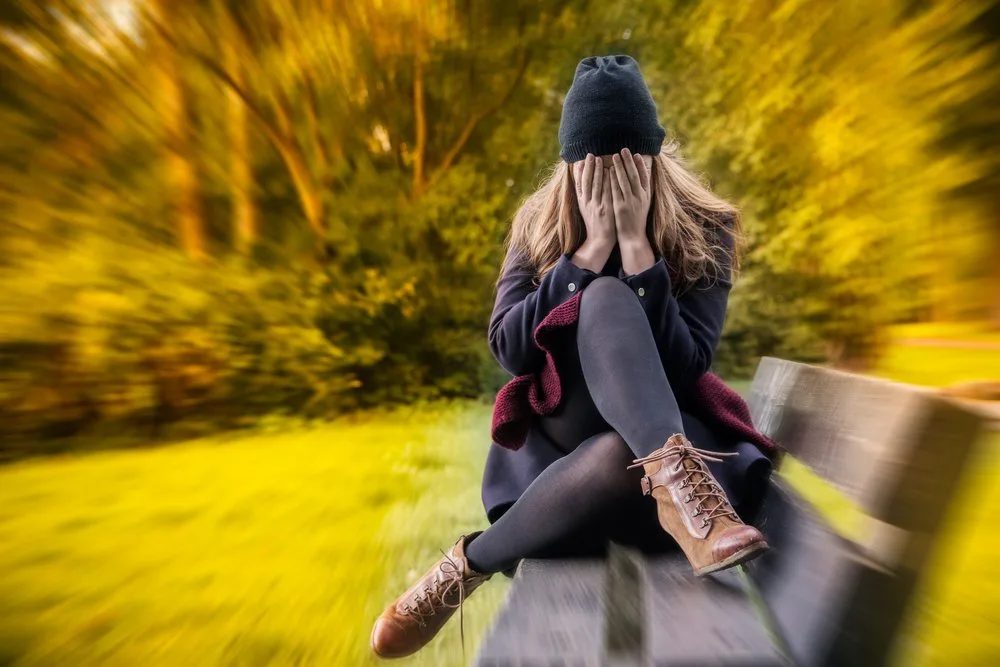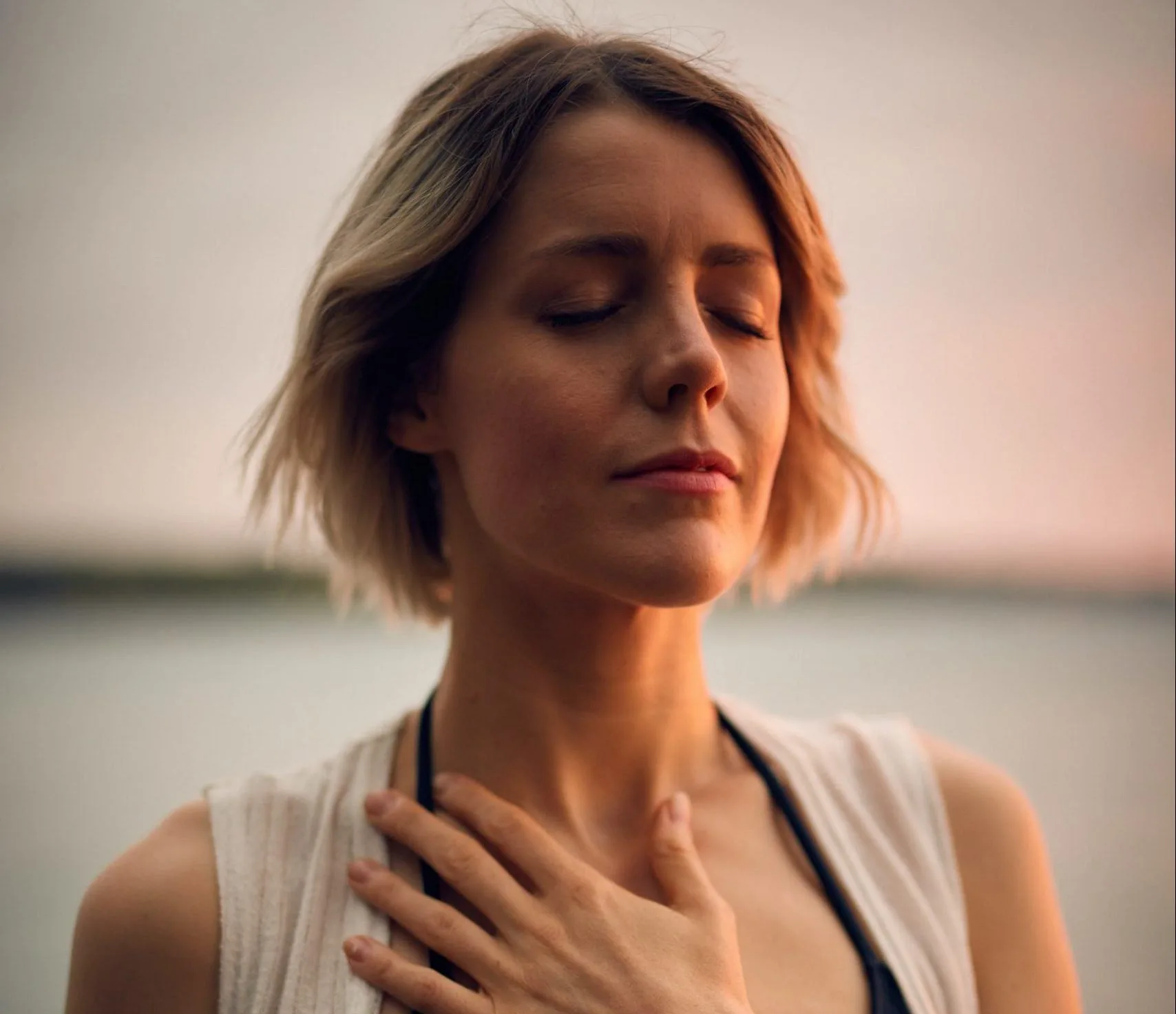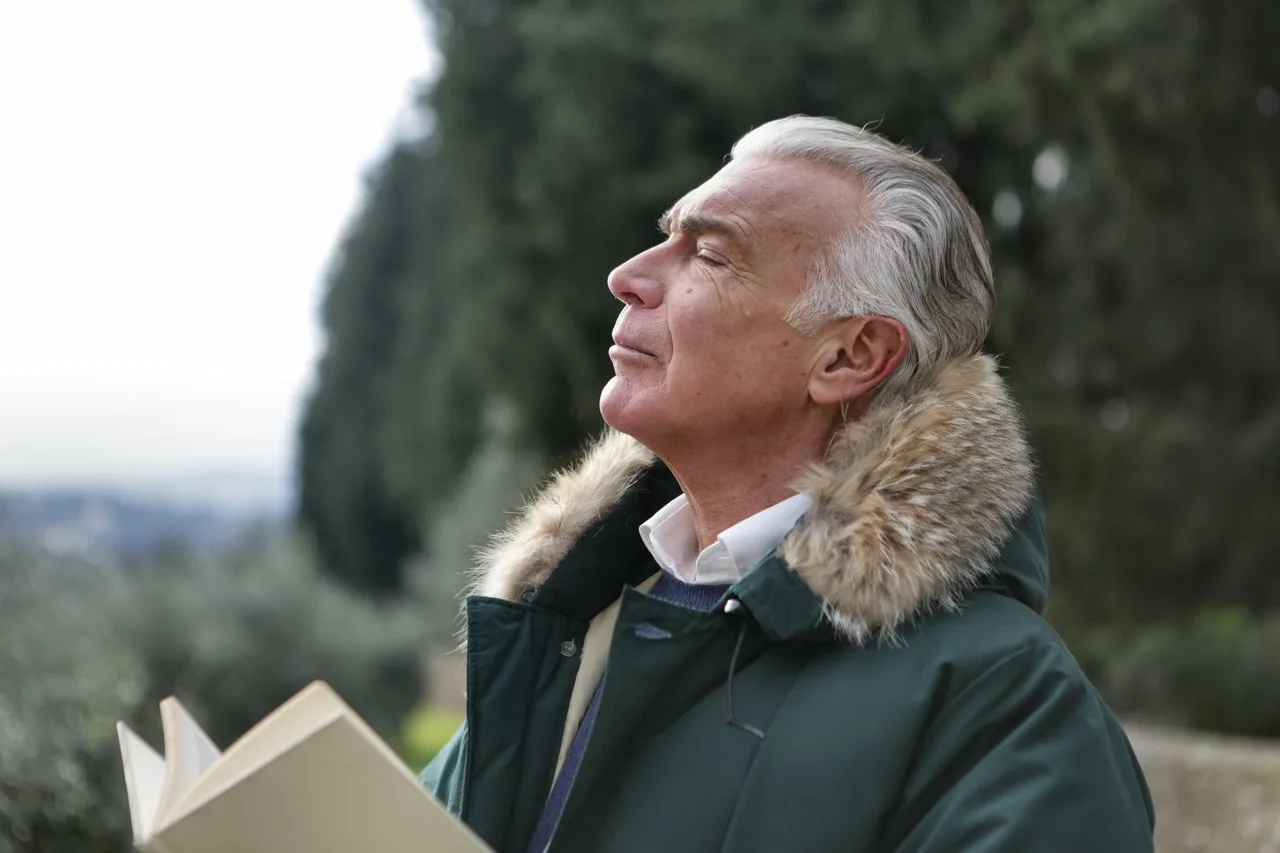Yep! Something as simple and accessible as breathing can significantly ease anxiety! This is because breathing exercises do a great job of getting us out of our ‘fight or flight’ mode and into ‘rest and digest’ mode… Let’s delve a little deeper.
What’s happening when we get anxious?
When we get anxious, our ‘fight or flight’ response is activated and our ‘rest and digest’ response shuts down. The ‘fight or flight’ response, otherwise known as the sympathetic nervous system, activates when we encounter stress or danger.
Why does this happen? It’s an evolutionary survival trait. If I were to get attacked by a bear, my body would need to do a few things…
- It would need to suddenly get enough energy to RUN, and run pretty fast.
- Then, it would need to turn off certain functions, like digestion, so that every muscle, every cell in my body is focussing entirely on getting away from this scary bear.
- It would need to be ready to keep me alive if the bear catches me.
That ‘adrenalin rush’ we get when something scary is happening is a result of the body’s amazing fight or flight response. Essentially, the body releases large amounts of epinephrine when the fight or flight response is activated. This makes our pupils dilate (so we can see our stresses better), our heart rate increase (so that we can pump blood faster through the body), and much more.
We need our body to feel certain stresses so that our body can be ready to keep us alive.
A long time ago, we used to fear for our survival every single day. We didn’t experience stress in the same way that we do now. In fact, wesse were stressed about things like bear attacks! We were stressed about not finding food. We were stressed about not having shelter during the winter months and so on…
Nowadays, we have less stress on survival. We experience stress from work, our family life, stress from feeling judged, misunderstood, or unsuccessful.
Modern-day stress for most people is not instantly life-threatening. The problem is, our bodies don’t know that.
Because fight or flight response is a survival trait, evolution won’t be in a rush to get rid of it. The problem is, we don’t always need such a severe response for stresses that don’t immediately threaten our lives. Our bodies are responding to things like awkward social interaction as if we could die from it. The body is just trying to protect us from what it has interpreted as ‘stress’.
Fun fact!

The fight or flight response (SNS) and the rest and digest response (PNS) are both in balance with one another. If you’re activating one of these responses more than the other, that system is going to be stronger than the other. You can imagine them both as muscles that you need to work out.
If you’re dealing with a lot of stress, you’re going to be working out the sympathetic nervous system a lot. If you’re not working out the parasympathetic nervous system (rest and digest), the body’s going to have a tough time putting (and keeping) you in that state.
For those of us suffering from anxiety, such as OCD sufferers or people with chronic or social anxiety or other mental health issues, we are really working out our sympathetic nervous system (fight or flight).
While breathing techniques are a wonderful tool to instantly ease anxiety, it’s also worth practicing them frequently to work out and strengthen our parasympathetic nervous system (rest and digest)! This isn’t pseudoscience, you can check out all the nitty-gritty details here.
How to breathe
The wonderful thing about using breathing techniques to calm anxiety is they can be done anywhere, at any time. You don’t need special tools, training, or practice, you simply have to breathe.
Here are three super simple breathing techniques practically anyone can use to instantly ease anxiety!
Deep breath
Sounds super simple, because it is! Deep breathing is a really effective way of instantly easing anxiety. You can do it anywhere, standing, sitting or lying down.

Photo by Engin Akyurt from Pexels
Whether sitting, standing, or lying down, relax the body. Take the shoulders away from the ears and take a moment to relax the muscles in the face. You can close your eyes or keep them open, relaxing your eyelids.
Take a deep, long breath in through the nose. Breathe out slowly through the mouth.
Repeat these deep, mindful breaths for up to 10 minutes, focusing solely on your breathing. After a few deep breaths, you should start to feel more relaxed. Your thoughts should slow down along with the breath.
Mindful breathing
This breathing technique is very similar to deep breathing with a few additional relaxation techniques added in.
To practice mindful breathing, sit on a chair with the soles of the feet planted firmly on the ground, or sit on the floor, crossed legged or on knees, however, you’re most comfortable. Straighten the neck and spine and relax the shoulders away from the ears. Place a hand on the stomach just below the ribs. Close your eyes if it’s comfortable, or you can leave them open, relaxing the eyelids.
Relax the tummy, and take a deep, long breath in through the nose. As you do this, you’ll notice the hand rise as your stomach expands. Breathe out slowly through the mouth, noticing the hand fall as the breath leaves the belly.
Focus solely on the breath and the rise and fall of the stomach.
Exhalation Emphasis
With this breathing technique, we’re focusing on the exhales. You can practice this breathing exercise anywhere at any time. Either sitting, standing, or laying down, relax the body. Take the shoulders away from the ears, relax the muscles in the face, and soften the eyelids. If it’s comfortable for you, your eyes can be closed.
Exhale all the air you have in your lungs. Take a slow, deep breath in through the nose without forcing anything, and then, exhale slowly through the nose pushing all the air out. We’re trying to lengthen the exhales here, making the exhales longer than the inhales.
If it helps, you can count while practicing this breathing technique. If you don’t regularly practice active breathing, you can start with inhaling for the count of 3, and exhaling for the count of 4, or until all the air is out.
Counting during this breathing technique can also act as a welcome distraction to whatever is causing us anxiety.

Photo by Darius Bashar on Unsplash
Breathe Daily
If you struggle with stress or anxiety, it’s a great idea to practice intentional breathing daily to help strengthen the parasympathetic nervous system, rest, and digest. The stronger our rest and digest response, the more the body will use it!
Who is the author?
Gabie Lazareff is a certified health coach, yoga teacher, and freelance nutrition and wellness writer. After years of navigating the messy waters of mental health, her mission is to share her experiences and advice with others.



![women [longevity live]](https://longevitylive.com/wp-content/uploads/2020/01/photo-of-women-walking-down-the-street-1116984-100x100.jpg)










